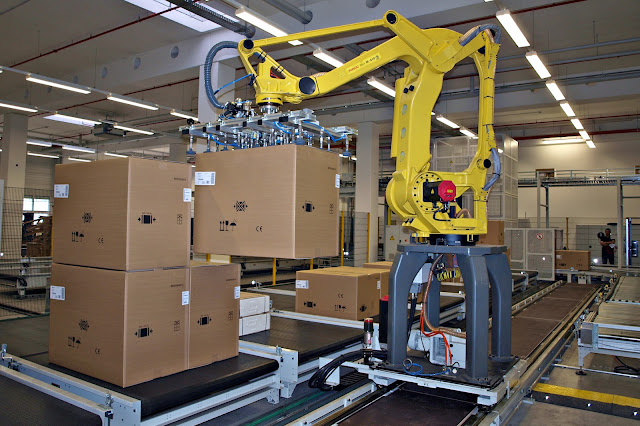What are Inflation Devices and How Do They Work?

Inflation Devices Types There are different types of inflation devices commonly used depending on the context and purpose of inflation needed. Some of the main types include: Manual Pumps: Manual pumps are hand-operated devices that use squeezing or pumping motions to transfer compressed air from the pump mechanism into the object being inflated such as a tire, ball or mattress. They are compact, inexpensive and provide a basic means of inflation without electricity or batteries. However, they can be tiring to use for high-volume inflation needs. Electric Pumps: Electric pumps utilize an electric motor powered by a battery or power cord to quickly and easily inflate objects. Inflation Devices tend to be more powerful than manual pumps and inflation is achieved with the press of a button rather than hand pumping motions. Car and bicycle tire electric pumps are commonly used as they are convenient for filling high-pressure tires. Home-use pumps are also electric...











